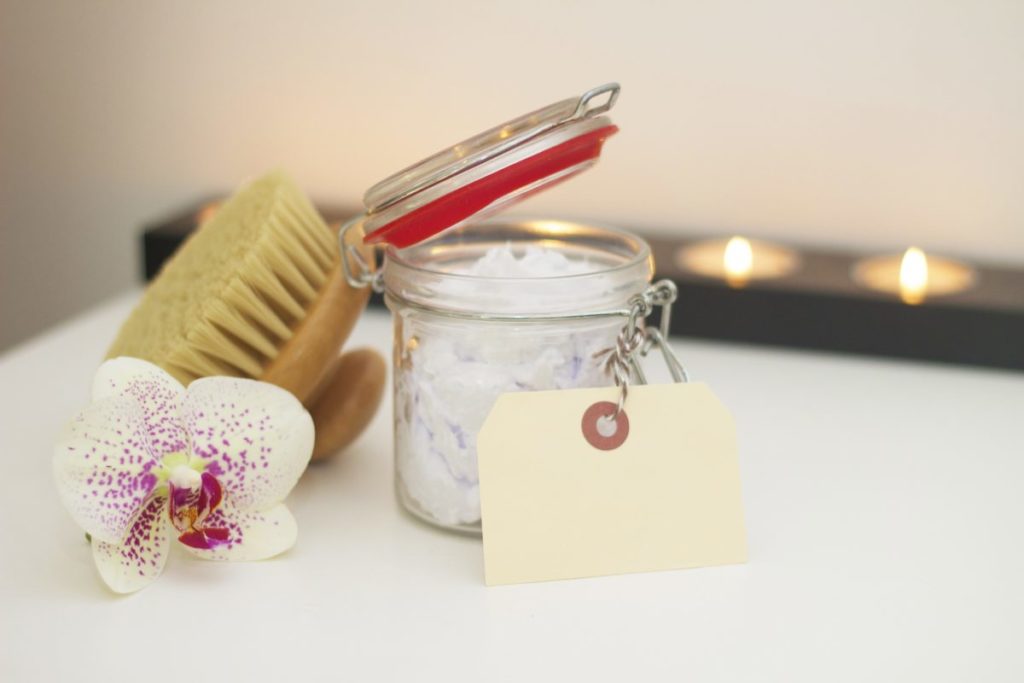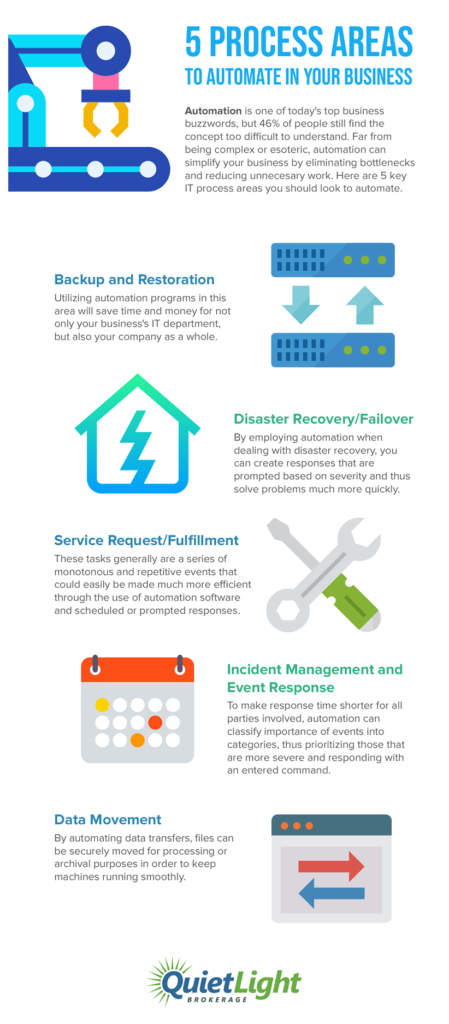Topics:
Never Miss a Beat - Get Updates Direct to Your Inbox
FILTER:


Selling Your Business for Big Bucks: Five-and-Half Tips
By Quiet Light
A lot of Amazon sellers think that their business isn’t transferable, but fortunately, that’s not the case. No matter your circumstances, you can not only build a profitable eCommerce business through Amazon, but sell that business for an eye-popping return. That’s what happened to Quiet Light client Leigh Hyunh, who got her piece of the American dream after immigrating from Vietnam as a teen. Hear her story and follow her tips for selling an Amazon business for big bucks.
From A Village In Vietnam To The American Dream
5 (and a half) Tips on How To Sell An Amazon Business
55% of all consumers start shopping in one place: Amazon. And why wouldn’t they? With a fleet of great features, intuitive UI, and a huge marketplace, Amazon is the go-to for all things eCommerce. In fact, this platform is great not just for shoppers, but also for the business owners that power its huge product selection.
If you’ve started an Amazon business, you’ve timed the market pretty darn well. Amazon eats up nearly half of the entire eCommerce market, after all. But what happens when your business gets a little too big? Instead of having a mental breakdown from stress or closing down the business for good, you can sell your Amazon business.
Yes, you can 100% sell an Amazon business. Of course, it’s easier if all of your brands are under one Amazon Seller account, but it’s common to sell an Amazon FBA business for six, seven, or even eight digits—letting someone else take the reins while you escape to a relaxing beach.


Every business is unique, though, and Amazon businesses are no different. Quiet Light Client Leigh Hyunh recently sold her Amazon product business for six figures and learned plenty from the experience.
While she’s a badass entrepreneur in her own right, Leigh has an incredible story that makes her journey as an entrepreneur even more impressive. See how Leigh overcame adversity, bootstrapped a successful business, and exited that business for a healthy sum.


Listen to the Source of this Post:
This blog post is based on a podcast episode that we recently recorded. Listen to the full episode here:From A Village In Vietnam To The American Dream
Today, Leigh Hyunh is a 34-year-old entrepreneur, mother, and wife. But she didn’t have it easy growing up; her family immigrated to the US from Vietnam when Leigh was 15 years old. She knew zero English and her family only had $200 to their name. But that didn’t matter. She successfully escaped from difficult circumstances in Vietnam, where they had zero electricity and a leaking roof (which you don’t want in monsoon season).
Leigh says she was lucky. An American couple sponsored her family when they came to the US, helping them access social programs to rent a home and learn English. Leigh loved going to school, which is where she learned how to manage money.
Of course, entrepreneurship wasn’t new to her. Leigh’s family had run a shop in Vietnam, where she started helping out around age 10. She had experience working in a brick and mortar shop where she helped with customer service and even ordered supplies.


I don’t know about you, but I was playing in the dirt when I was 10 years old, not running a business. Talk about being a go-getter, huh?
Leigh’s husband, Ty, who also hails from Vietnam, also escaped difficult circumstances. His family:
- Fled from Vietnam when he was 5 years old
- Spent 7 years at a refugee camp
- Was sent back to Vietnam after the entire ordeal
Ty had such a big gap in his education that he didn’t know how to read a clock as a teen.


Leigh and her family overcame an absurd number of obstacles to be where they are today. Her husband Ty studied hard to become an engineer and Leigh busted her butt to create a business. Leigh faced more roadblocks to success than many entrepreneurs will ever face, and yet, she made it. She got her start in Vietnam, but Leigh’s story is as American as baseball and grandma’s apple pie.
Building An Amazon Business
Leigh hustled and nearly worked herself to the bone to pay for college. When she wasn’t studying, she worked as a nail tech and aesthetician. “I was in school and had a job as a manicurist and aesthetician. That’s how I learned what customers needed for skincare,” she says.
After graduating, Leigh confesses she worked 80-hour weeks to save money. She wasn’t sure what the future held, but she knew she would need capital to make it happen. “I put everything I earned from my full-time job into the business,” Leigh says.


In 2014, Leigh listened to a Rich Dad, Poor Dad interview with Robert Kiyosaki. In the interview, Robert went into detail about how you could make good money selling on Amazon. “I found the Amazing Selling Machine course and thought, ‘Woah, I can really do that?’” Leigh says.
A quick Google search later, Leigh discovered the Amazon Selling Machine podcast and Ryan Daniel Moran on YouTube. Leigh signed up for the Amazing Selling Machine course and learned how to start her own Amazon product business.
Leigh had the skills and knowledge to create her business. Now she needed to pick a profitable product that would set her up for success. Leigh didn’t have to think long; her experience as an aesthetician helped her private label a skincare product. “I did a search for private label products and was able to test them on my customers,” she says.
If At First You Don’t Succeed…
We make the American Dream sound easy. It sounds like a glossy children’s book where nothing bad happens and you live happily ever after. Leigh achieved a measure of success with this first skincare product, but it wasn’t enough.


Leigh created a second product. Same thing—it sold, but it wasn’t anything special. “We still kept those products because they were selling, but they weren’t a home run,” Leigh says.
Then she created a third product and finally saw some serious dollar signs flow into her account. But guess what? Leigh had to bootstrap the entire affair herself. She had to pump $15,000 into the business before she created a successful product.
As you probably can guess, the business exploded after that. Leigh finally had extra capital to add even more SKUs, living the high life as an Amazon entrepreneur.
How To Sell An Amazon Business—Leigh Style
But hey, all good things must come to an end. After a few years, Leigh decided to list her Amazon business for sale. If it’s time to sell your business, too, you might have questions. Leigh suggests Amazon sellers follow 5 (and a half) tips to make the most of your exit.


1. Know When To Exit
Like many business owners who exit their biz, Leigh initially listed her business, removed it from the market, and decided to sell it at a later date. So, although she originally listed in January of 2018, Leigh closed on the deal in August of 2019.
Why the difference? Because sometimes you list your business, see the offers, and realize it isn’t the right time to sell after all. Leigh had issues with most of the offers because they wanted her skincare brand, but not the additional SKUs under her belt.
Leigh pulled her Amazon business from the market and took some time to streamline it (but more on that in a sec). Plus, she was emotionally and physically exhausted since she’d just had a newborn baby. It just wasn’t a good time to sell after all, and that’s okay. “I wanted to sell the business because I had a new baby at that time. I was doing too much,” she says.


Joe Valley from Quiet Light likes to say that sellers need to plan to sell their business instead of decide to sell their business. If you wake up one day and decide to sell your business, with zero planning or improvement, not only will you get worse offers, but it’s going to be a draining process for you.
Sometimes you need to wait. That’s what happened with Leigh, and she’s thrilled she made the decision to delay selling her Amazon business. Leigh waited six months to grow the business. By then, the business was a fine-tuned machine that attracted multiple full-price (and cash!) offers.
If the time isn’t right, don’t try to make it the right time. The best exits are planned at least a year in advance. Put a plan in motion today to make your own exit less stressful and more profitable.


2. Automate And Streamline Before You Sell An Amazon Business
Okay, so speaking of improving your business, Leigh had a problem on her hands. After creating her first business, Leigh decided to pivot and create a second brand (still tied to the same Amazon seller account) that sold a new category of products. However, her first attempt at selling the business fell through because this second brand wasn’t super transferable.
That doesn’t mean it wasn’t a good business, but that did mean that the business was hard for a buyer to manage. In Leigh’s case, she was sourcing most of her products for this second line of business locally from suppliers in the San Francisco area. Nothing was in place to automate the supply process, which meant a buyer in, say, Boston, couldn’t effectively manage the brand.


Leigh figured she could sell the brand as-is, but after seeing the initial offers and going over the numbers again, she realized it wasn’t realistic. That’s when Leigh did a few things:
- She adjusted her supply chain, so it could work better for buyers in any location.
- She automated more areas of the business so a buyer wouldn’t need to come in and overhaul everything.
- She cleaned up the business finances to clarify her business’s value.
And guess what? She relisted her business and got twice as much for it. Yes, double the amount that she initially asked for.
What easy wins can you make in your business? What’s imperfect or annoying about managing your business? While some buyers prefer to overhaul a new business themselves, most want the keys to a fully streamlined operation. Sure, you might need to look at your packaging, branding, or logistics, but if it means earning double for your business, isn’t it worth it?


3. Choose The Right Buyer
But guess what? It doesn’t matter how slick your business is. If you choose the wrong buyer, you could be handing the keys to someone who’s going to wreck your business in a ditch. That’s why you need to be choosy about the buyer when you have an Amazon business for sale.
Because Leigh overhauled and relisted her business, she saw a competitive array of offers. That’s awesome, but it’s only half the equation. Once Leigh got these offers, she had to choose the right one. And since most of these offers were for full-price, she had a dilemma on her hands.
Multiple SBA buyers offered full price, but Leigh also had a cash offer. She worked with Quiet Light to offer a small discount to the cash buyer—because, hey, there’s no fiddling with loan paperwork, which did speed things up.


Cash wasn’t the only reason Leigh chose this buyer. After a few phone calls, she clicked with him. He not only had experience selling on Amazon, but he was laid back and got along great with Leigh’s team.
Based on Leigh’s experience, it’s smart to look at a few areas when you choose a buyer:
- Their funding: Is their financing secure? Is the financing going to hinder or delay the sale in any way?
- Their experience: Are they going to crash and burn this business you spent years building?
- Their personality: You’re going to be working with this person for the first 90 days after you sell an Amazon business. Do you like working with them, or would you rather kiss a cockroach than answer their phone calls?
Still not sure if buyer selection matters? Consider this: as of writing this blog, it’s only been a few weeks since Leigh closed on her business. Over those three weeks, she’s only used 3 hours of transition time with her buyer.


3 hours is INSANE. You can expect to spend up to 40 hours training your buyer over the first 90 days after selling the business. Leigh made her business more transferable and chose her buyer wisely, and that means that she’s answering fewer phone calls after the sale of her Amazon business.
“We put everything in a shared folder and they were able to find everything. They didn’t even ask for anything else,” Leigh adds.
4. Follow The Four Pillars Of Sellability
When you have an Amazon business for sale, you should follow the four pillars of value. This includes:
- Risk: How risky is your business? Is the buyer going to lose their shirt gambling on you? Make your business as risk-free as possible by removing dependencies, barriers to entry, and points of failure.
- Growth: Is your business going to grow a lot after someone buys it? Buyers need proof that your business has an upward trajectory. Always make sure your sales figures are trending up before you plan to sell.
- Transferability: We saw this issue with Leigh’s business. Is your business easily transferred to a buyer? If not, follow in Leigh’s footsteps to design your biz to run without disruption.
- Documentation: Where are your bank statements? How are you tracking inventory? If you’re tracking everything on a napkin or in Excel, you’re lacking in documentation. Instead, get yourself an accountant and clean up those financial documents.


But wait, there’s more! Leigh’s situation revealed that there’s an additional, not-so-secret way to sell your business for more money: being nice. Yes, really. Leigh got along so well with potential buyers that it gave her a bargaining chip at the negotiation table. I’m not saying you have to roll over and let people take advantage of you, but a friendly personality will take you far.
5. Be Flexible
Leigh has one piece of advice for her fellow Amazon sellers: don’t give up. Leigh got a rougher start in life than many entrepreneurs, and she was still able to earn six figures for her business.
That said, you can’t just blindly forge ahead on your business. If one thing doesn’t work, try something else. Remember, Leigh didn’t make it big until she was three products in and already spent $15,000 on the business.


Her third product was successful because Leigh flexed with the market. She learned what consumers wanted and put her heart and soul into this product. Heck, she admits that she actually enjoyed developing it, too.
Your first product probably isn’t going to be an overnight success. That’s the reality of selling on Amazon. But if something doesn’t work the first time, that doesn’t mean your business isn’t viable. “If one product doesn’t work, it doesn’t mean that the whole business doesn’t work,” Leigh says. Stay flexible and change your trajectory—Leigh credits those qualities with achieving her slice of the American Dream.
6. Enjoy The Life You’re Building
So, let’s say you’ve just sold your Amazon business. … Now what?
You weren’t designed to work 80-hour weeks. That’s tempting (and sometimes necessary) at first for an Amazon business, but that’s not your purpose in life. You aren’t going to be on your deathbed and wish that you spent more time making money.


When you’ve successfully exited your business, take a little time for yourself. You should have a fat bank account; why not take some time to breathe?
That’s what Leigh recommends for her fellow entrepreneurs. She’s actually moving from California to South Korea! Her goal is to explore, eat good food, and spend time with her kids after selling her business. That’s because life is too short to think about our businesses all the time. There’s nothing wrong with continuing to work on another business, but give yourself time to recharge, too.
Exit The Business, Enter Life
Leigh came to the US when she was 15 years old. She didn’t speak a lick of English and her family only had $200 to their name. This is the same woman who, at age 34, sold her business for six freakin’ figures.
What I love about the American Dream is that it takes so many shapes and sizes. Leigh’s story is just one of the many rags-to-riches storybook tales that inspire entrepreneurs across the globe. No matter the difficulties you face in life, it’s possible to achieve your dreams.


Now, how do you go about selling your own business for six figures? It comes down to choosing the right time to sell, streamlining your business, picking the right buyer, building a sellable business, and embracing flexibility. Oh, and once you’ve sold your first Amazon business, don’t forget to take a little time off. It does wonders for your sanity and creative juices.
An exit is a new beginning. Although Leigh plans on traveling to South Korea, she knows another eCommerce venture is in the cards for her.
How about you? Is it time for your new beginning? Follow these tips to grab your big piece of the pie—that’s the American way.





